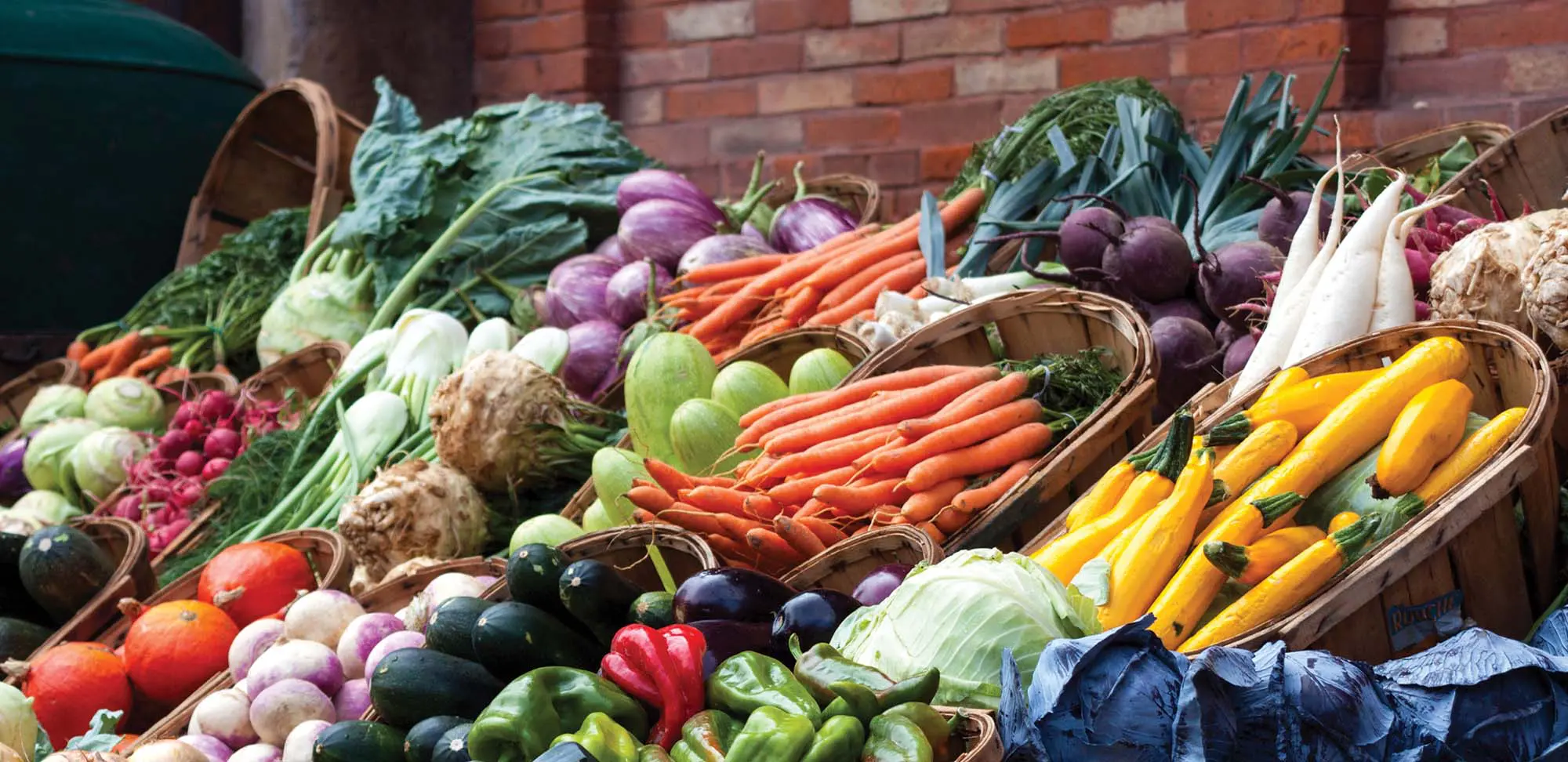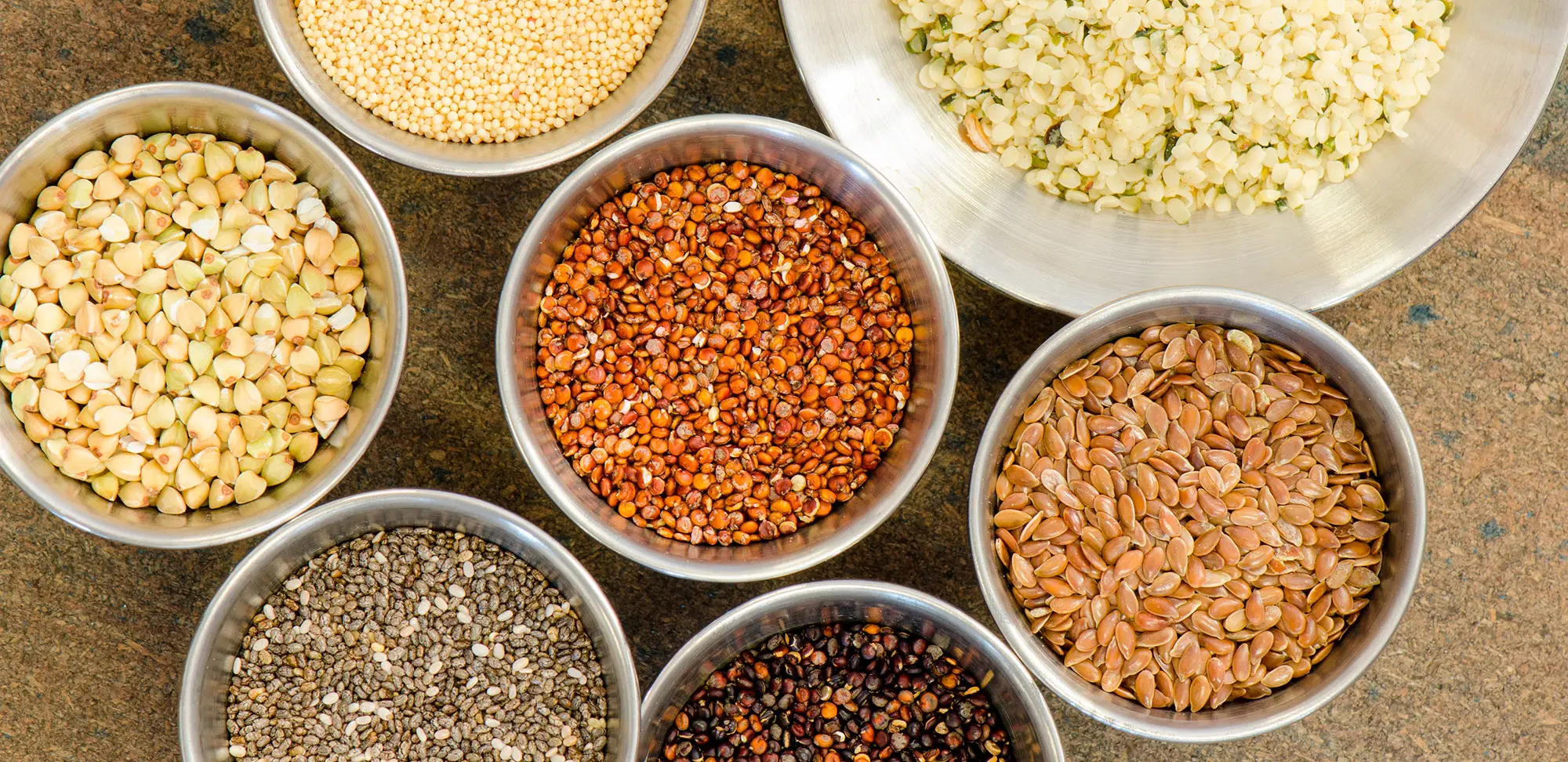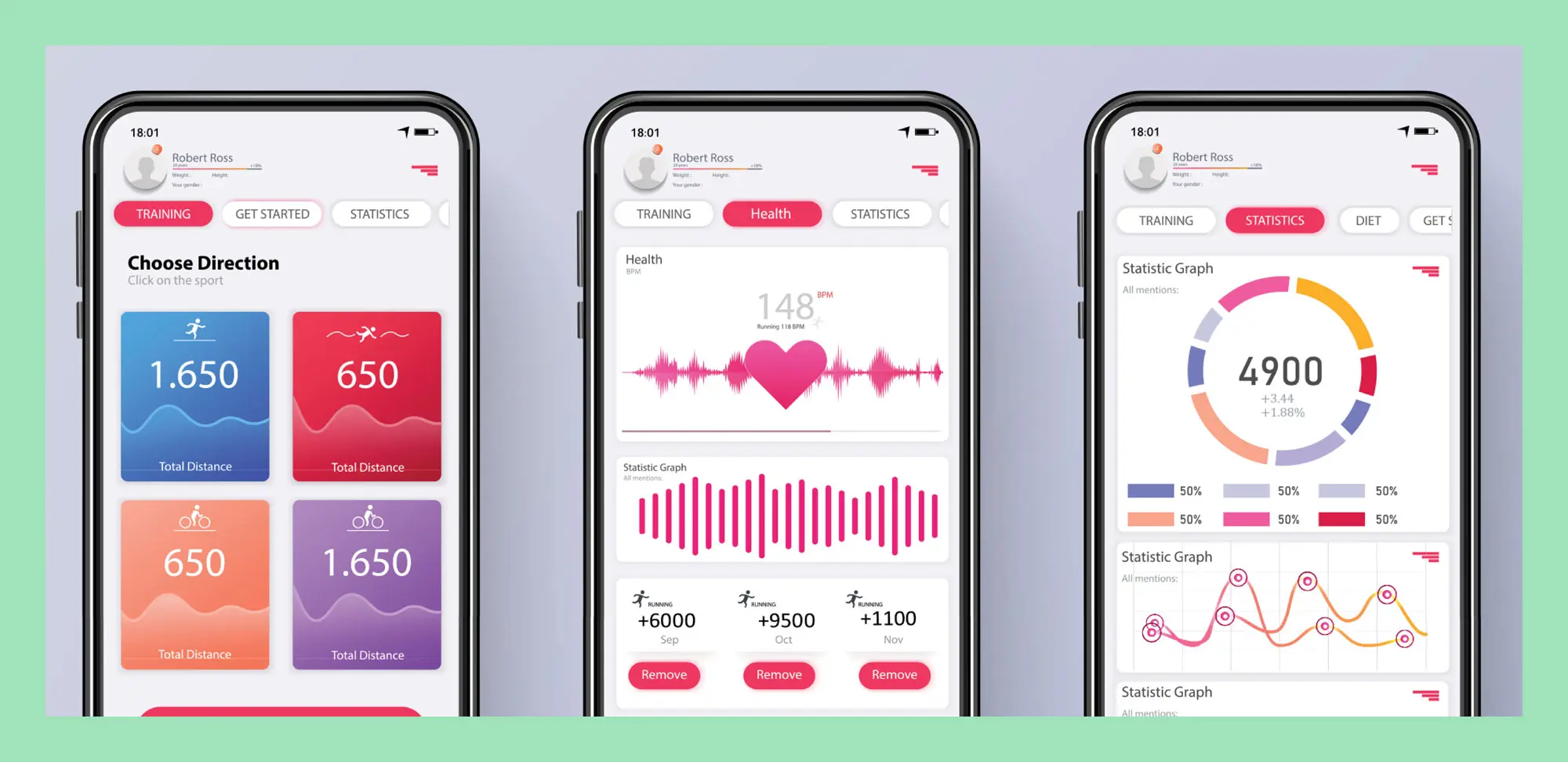Farmers’ markets are brimming with locally grown fruits and vegetables right now — apples, broccoli, Brussels sprouts, greens, carrots, cauliflower, peppers and more are not only at their flavour peak but also at their most nutritious.
Pears
Aromatic pears are one of the top fruits when it comes to fibre: A medium-sized pear delivers about five grams, some of which is soluble fibre that helps lower cholesterol. Think beyond just a delicious snack — bake a crisp or cobbler, poach for an elegant dessert, toss thin slices into salads, or purée for soups and smoothies. And don’t forget to add them to a charcuterie board!
Parsnips
This often-overlooked root vegetable should play a role beyond turkey sidekick. If you’re a sheet-pan fan, slice parsnips into batons and roast along with your other favourite vegetables. One-half cup of cooked parsnips is fibre-filled and comes with calcium, vitamin C and potassium. Boiled with potatoes for a mash, they add a nutty, buttery flavour, and they’re a tasty alternate topping for shepherd’s pie.
Beets
Beets are my fall favourite! Packed with potassium, vitamin C and fibre, they’re also a rich source of folate, an essential nutrient that promotes heart health and more. Their vibrant colour comes from betalains, natural plant pigment with powerful antioxidant and anti-inflammatory properties. And they’re darned tasty! Roast or steam beets with the skin on; the skins will slip right off when they’re done. Baste beets with butter and a drizzle of balsamic, add them to soups and salads, and pickle them to enjoy all winter. And don’t throw out the beet greens. They’re rich with lutein, a natural plant chemical that helps lower the risk of age-related macular degeneration, a leading cause of vision loss in older people. Similar to spinach, beet greens are delicious sautéed with olive oil and garlic.
Winter squashes
Colourful winter squashes are rich in beta-carotene, potassium, fibre, folate and more. Boiled or baked spaghetti squash is a smart sub for regular spaghetti since the squash has about 40 calories per cup compared to about 200 for a cup of regular cooked pasta.
Sweet potatoes
Sweet potatoes deliver more taste than squash and, despite their name, have fewer calories per ounce than white potatoes. Rich in beta-carotene, a powerful antioxidant, they’re full of fibre, potassium and vitamin C. Bake sweet potatoes whole at 400°F (200°C) for 45 minutes — the skin will magically slip off. Try sweet potato soup, baked sweet potato fries, even scalloped sweet potatoes.
Cranberries
We always associate these tart berries with holiday meals, and for good reason — they’re an absolute must with turkey. One cup of raw cranberries contains 45 calories and lots of fibre, plus folate, vitamin C and potassium. Their deep red colour comes from anthocyanins, compounds that help lower the risk of bladder or urinary tract infections by preventing harmful bacteria from sticking to your bladder wall. Use them in a salsa, add them to your morning oatmeal, or bake in squares or cookies. Don’t forget about dried cranberries to sprinkle in salads or use as a healthy snack on the go.











